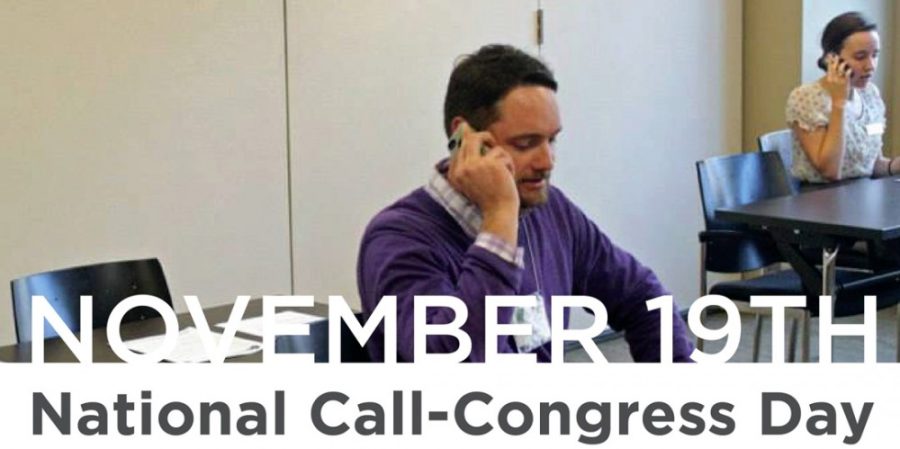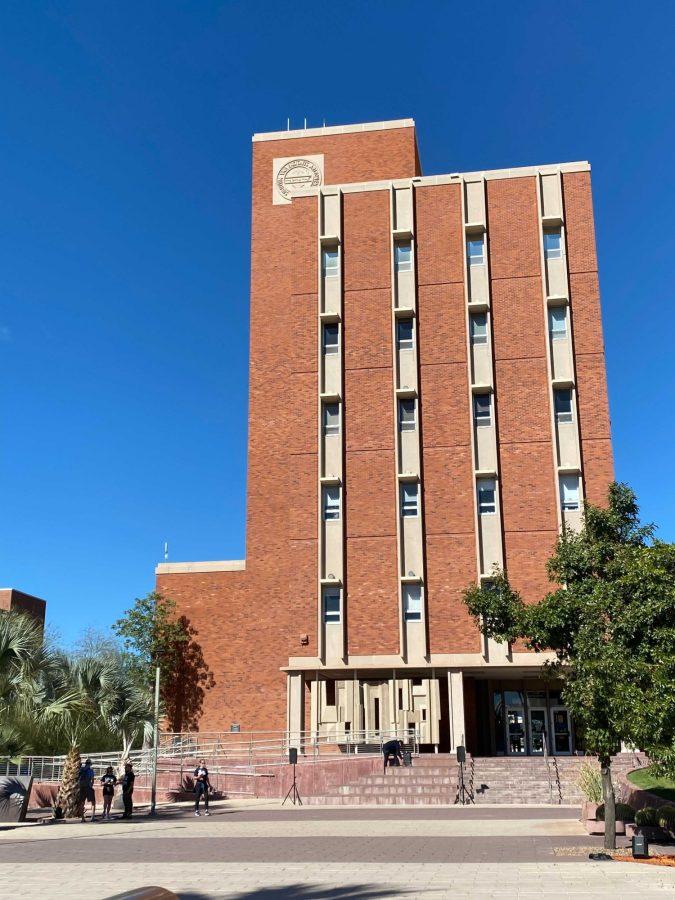The UA Graduate and Professional Student Council will participate in the National Association of Graduate-Professional Students’ Call Congress Day today.
Graduate and professional students at the UA will join students from across the nation in calling federal lawmakers about the debt and interest rates postgraduate students are now facing.
The event provides postgraduate students with the chance to directly speak to legislators and share personal stories as well as express their concerns.
According to the GPSC press release, the goal of the campaign is to “urge Members of Congress to stop profiting off students, reunify the undergraduate and graduate rates to reverse the current inequalities and reinstate the in-school interest subsidy for graduate-professional loans.”
Isoken Adodo, GPSC president’s chief of staff, said the common goal for the phone campaign is to make Congress aware of what graduate students do.
Adodo said that despite the fact the loan default rate for graduate students is much lower than that of undergraduate students, interest rates for postgraduate students are approximately 1.2 percent higher than those of their undergraduate counterparts.
Congress instituted the Budget Control Act in 2011, which eliminated subsidized loans for graduate and professional students.
These students who need to take out loans must take out unsubsidized loans that begin accruing interest immediately, as opposed to subsidized loans which do not begin accumulating interest until after the student has graduated.
Currently, undergraduate students are still eligible to receive subsidized loans, but Adodo said some members of Congress are interested in taking away subsidized loans from undergraduates as well. GPSC said it plans to fight this.
Adodo said GPSC has promised to make at least 40 calls to nine state representatives and two senators, but hopes to make many more; the goal is to convince Congress members to reinstate subsidized loans for graduate and professional students and ensure continued availability to undergraduate students as well.
According to documents from the NAGPS Legislative Concerns Committee, the average cumulative debt for a master’s degree is $57,000 and $75,000 for a doctoral degree. The amount significantly increases to $146,000 for a professional degree, such as a medical or law degree.
“One of the things we have come to realize is, often times, there is a misconception at the federal level when it comes to graduate education,” GPSC President Zachary Brooks said. “One of our modes of advocacy is to help educate Congress people more on what graduate and professional students do and the necessity of graduate education.”
Documents from the Congressional Budget office show that Congress made a $16.7 billion net profit on new student loans in 2014, and $10.1 billion, or 60.5 percent, of that was from graduate and professional student loans.
_______________
Follow Brandi Walker on Twitter.









